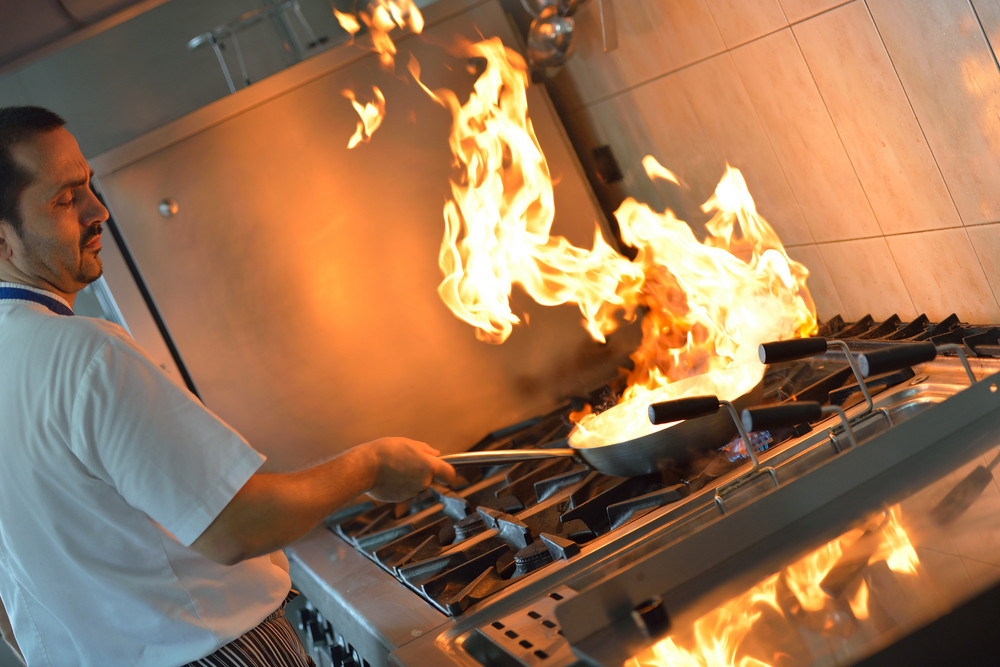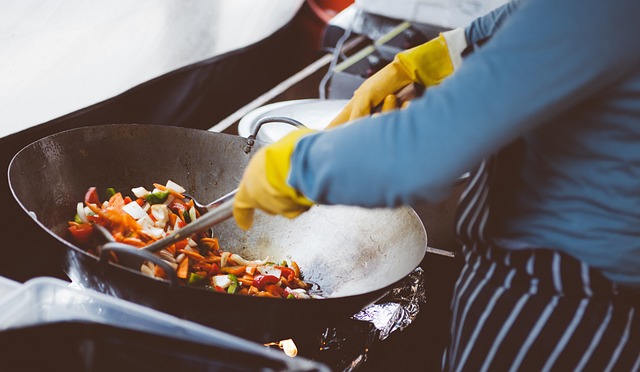A thermometer is used to gather food & health information about the temperature of food, which is important in food safety. It is therefore essential that your thermometer is accurate. Most people just assume that their thermometer is accurate. However, thermometers can lose calibration over time. Here’s what to know about calibration.
Why Does a Thermometer Lose Calibration?
Thermometers use metal components to register temperature. The metal expands and contracts as the temperature rises and falls. Over time, the repeated expansion and contraction of the metal will cause the metal in the thermometer to lose elasticity. It can also lose calibration if you drop the thermometer or place it down too hard on the counter. Periodic checks for accuracy will ensure that you get food & health information you can rely on.
Check for Accuracy With Ice Water
It is easy to see if your thermometer is accurate using the ice point method. Fill a glass with ice and then add cold tap water to the ice. Stir well. Place the thermometer probe in the ice water. Do not let the thermometer touch the sides of the glass. Wait 30 seconds or until the reading stays steady.
Hold the calibration nut securely with a wrench or other tool and rotate the head of the thermometer until it reaches 32°F (0°C).
When Is It Time to Replace Your Thermometer?
If the thermometer is way off or if it does not seem to register an accurate temperature consistently, then it is time to invest in a new thermometer. Reliable food & health information is essential to the safety of your customers. Therefore, take the time to do these calibration tests and replace your thermometers as needed. Additionally, be sure to obtain proper ServSafe training to ensure food safety in your establishment.




